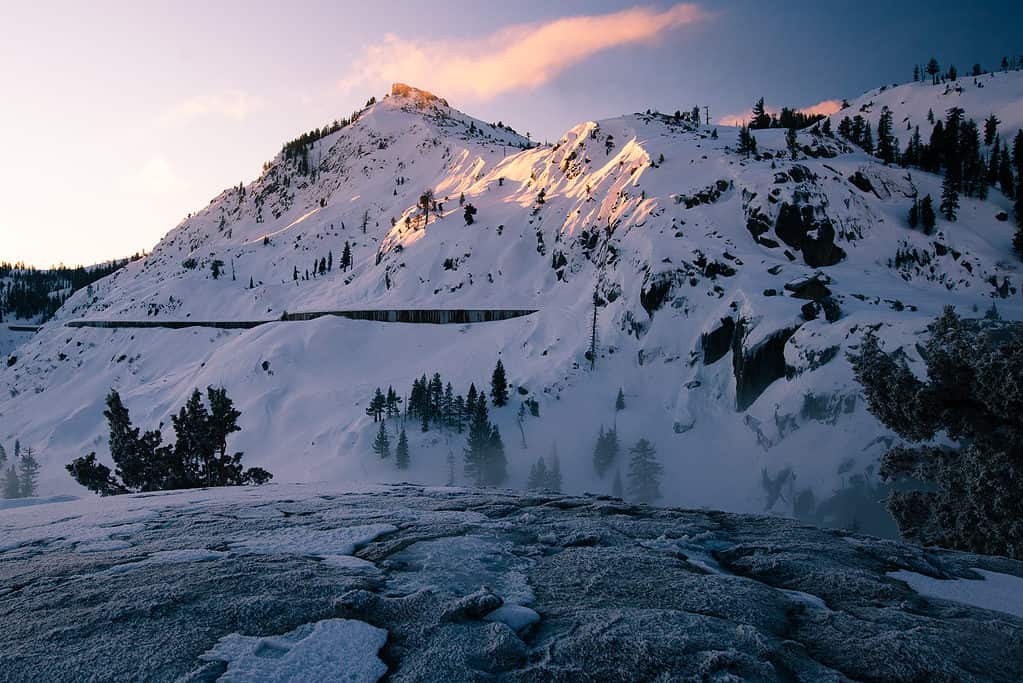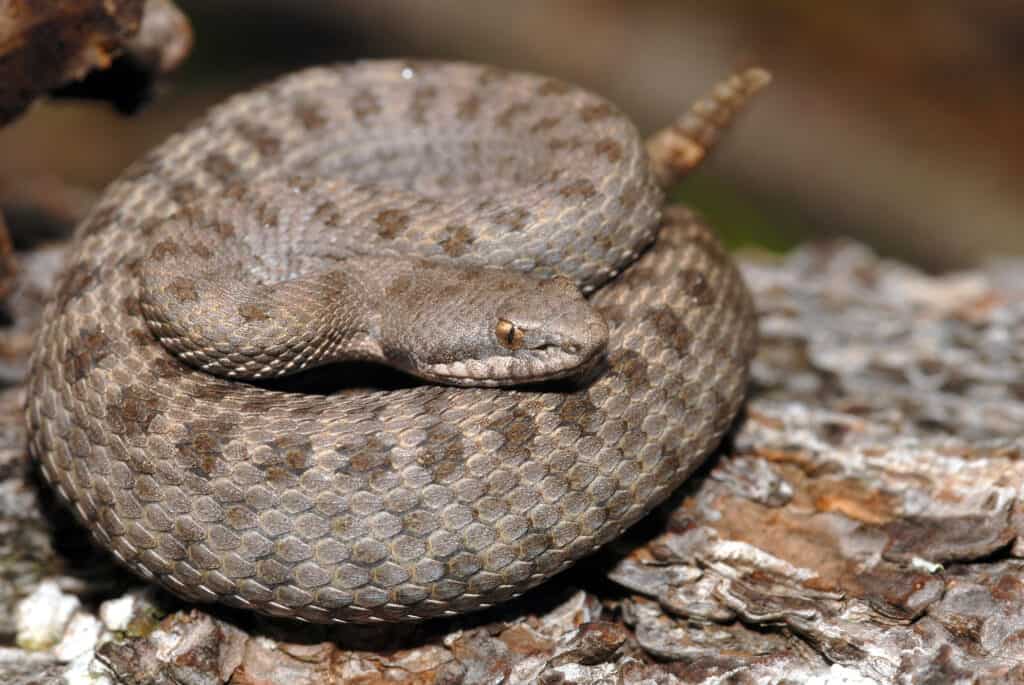Have you ever heard of a blizzard in California? It may come as a surprise, but even the Golden State, which typically experiences mild weather, isn’t immune to cold and snow during the winter months. In 1952, a massive blizzard struck California, bringing record-breaking snowfall and freezing temperatures. It’s an event that many Californians still remember to this day. In this article, we’ll dive into the details of this historic storm and all it entailed. Get ready for a chilling tale of the biggest blizzard ever to hit California!
Weather Patterns In California
California is a state that experiences a wide range of climates due to its size and geographical diversity. From the higher latitudes in the north to the lower latitudes in the south, and from the Mediterranean-like coast to the high peaks with almost subarctic temperatures, the state has it all. There are also deserts, plateaus, valleys, and forests. And each of these areas experiences very different weather.
The lowest temperature ever recorded in California was in Boca, a town located at an elevation of 5,532 feet in Nevada County. In Boca, sub-freezing temperatures have been recorded during every month of the year, with an average minimum temperature of only 8 degrees Fahrenheit for January. However, the thermostats on January 20, 1937, read an unbelievable minus 45 degrees Fahrenheit!
On the other hand, Death Valley National Park is located at an elevation of 282 feet below sea level. It has reported a maximum temperature of 134 degrees! This blistering day, which occurred on July 10, 1913, had the highest temperature ever recorded in the world!
Winter In California
While winter in many parts of the United States is characterized by snow, ice, and low temperatures, California offers a slightly different experience. With an average winter temperature ranging from 50 to 60 degrees Fahrenheit (or 10 to 15 degrees Celsius), it’s still relatively mild, especially compared to other parts of the country.
Plus, the state’s diverse geography means you can enjoy various activities, from soaking up the sun at the beach to skiing in the mountains.
One of the most extraordinary things about California is that it spans almost the entire length of the country, so you can experience both warm and cold weather during the winter months.
For example, you could start your day with a snowy ski run in the mountains (like at Yosemite or Lake Tahoe), hop in the car, and end it a few hours later by soaking up the sun on a warm beach.
It’s worth noting that California’s rainy season typically falls during the winter months, with about 90% of the state’s annual rainfall occurring between December and February. However, the weather is still generally comfortable during these months, with sporadic rain showers rather than constant downpours. In San Francisco, for example, the fog rolls in off the bay every morning, creating a unique and beautiful sight.
The Blizzard Of 1952 In California

From January 10 to January 17, the Donner Summit area recorded an unbelievable 154 inches of snow.
©iStock.com/Hale irwin
Have you ever experienced a winter storm so severe that it made national headlines? Well, if you’re from Northern California, you might just remember the Blizzard of 1952.
It was a storm many longtime residents consider the worst in recent history and won’t be forgotten anytime soon. In fact, the blizzard was so intense that it trapped a passenger train in the mountains for days!
The winter of 1952 shocked everyone, and it’s easy to see why. From January 10 to January 17, the Donner Summit area recorded an unbelievable 154 inches of snow.
But that wasn’t all. The blizzard also brought winds of up to 80 mph, which caused snowdrifts to pile up to 40 feet deep. As a result, many homes and cars were completely buried, and entire towns shut down. Some residents even had to use their second-floor windows as entrances to their homes.
Disruptions
At the beginning of 1952, a massive blizzard hit Lake Tahoe and the Sierra region. The storm was so severe that it shut down Interstate 40 (precursor to I-80) for a month.
The Blizzard of 1952 is especially infamous for stalling the “The City of San Francisco,” a 15-car luxury streamliner near Yuba Pass. The train, bound for Oakland, plowed right into an 18-foot snow slide and came to a complete halt. Over 200 people were stuck on the train while waiting for help.
When rescue teams finally reached the train, they found the passengers and crew in dire states. The air inside the train was bad, with poor ventilation and frozen plumbing. To make matters worse, food shortages and claustrophobia added to the passengers’ woes. But despite all these challenges, all 226 people on board miraculously survived the multi-day ordeal.
It took rescuers three days to reach the stranded train and another two days to shovel out the snow and get the train moving again. It was a genuinely intense storm that older Northern Californians still recall vividly.
Blizzard of 2023 May Break Old Snowfall Records
California has experienced the worst winter storm since the infamous Blizzard of 1952 during the last week of February and into early March 2023. In under a week’s time, the mountainous regions of the state have been bombarded with heavy snowfall. In the San Bernadino Mountains, snowfall blocked roads and stranded residents in their homes.
Yosemite National Park closed due to 15 feet of snow in higher elevations and a record 40 inches in Yosemite valley. Stretches of Interstate highways were forced to close key east-west routes in Northern California. The extremely heavy snowfall combined with high winds created whiteout visibilities.
The Sierra Nevada region of the state received 12 feet of snow in one week on top of previous snowfalls- resulting in engulfed homes and roads that resembled canyons. The unusually heavy storm produced avalanches, power outages, and structural collapse. The damage from record snowfalls and strong winds, combined with flood damage could surpass $1 billion in repairs.
Wildlife In California
In addition to its diverse landscapes, California is also home to an incredible variety of wildlife. The state is home to the majestic bald eagle and the adorable Californian ground squirrel. From mammals living in snowy mountains to reptiles surviving in deserts, you can find a wide range of animals in California.
The state is also home to several threatened and endangered species, including the California condor and the California red-legged frog.
Let’s see how these animals react in winter and learn about their cold-weather survival skills.
California Mountains
The California mountains are home to various animals, including deer, elk, bighorn sheep, mountain lions, coyotes, and black bears. These animals have adapted to the cold conditions that are common in the mountains and can survive the icy winds and deep snow.
For example, deer and elk have thick fur coats that help keep them warm in the cold winter months. Mountain lions, coyotes, and black bears are also well-equipped to deal with the cold, thanks to their thick fur coats and insulating layers of fat. Bighorn sheep also have special adaptations, such as cloven hooves and a keen sense of balance that allows them to navigate steep and slippery terrain.
Birds
The key to a bird’s success in the cold is often its size, as larger birds tend to have an easier time surviving freezing temperatures.
Birds are equipped with various adaptations that help them survive cold weather, including insulating feathers and layers of fat. These features help birds to stay warm and maintain their body temperature, even in the midst of a blizzard. However, small birds that don’t have as many feathers or as much fat may struggle to survive in extreme cold, as they don’t have the same level of insulation.
One of the biggest challenges for birds in cold weather is finding food. Snowy conditions can make it difficult for birds to find the insects, seeds, and other sources of nourishment they need to survive. This is especially true for small birds, who may not have the energy reserves to last through long periods without food.
Rattlesnakes

Rattlesnakes enter a period of brumation, which is hibernation for cold-blooded animals.
©Rusty Dodson/Shutterstock.com
During winters and cold waves, rattlesnakes usually enter a state of brumation, which is hibernation for cold-blooded animals. This is the reason you will rarely see them in winter. However, as the weather warms up in the spring, rattlesnakes emerge from their winter brumation and become more active.
In fact, the California Department of Fish and Wildlife reports that most rattlesnake bites occur between April and October when we’re all more likely to be spending time outside.
Aquatic Wildlife
Lucky for California’s aquatic creatures, they don’t have to deal with harsh winter weather. With the state’s mild coastal climate, fish and sea turtles can remain in the area all year long. In fact, the mild weather probably helps them thrive.
Squirrels

Squirrels may huddle with other squirrels in their colonies to stay warm.
©Robert Ross/Shutterstock.com
When the colder months roll around, California ground squirrels shift their focus to surviving through the winter. This means spending more time foraging for food near their burrows, huddling with other squirrels in their colonies, and even breeding during the late winter months.
These little critters don’t go far from their underground burrows, which are usually about 5-30 feet long and buried 2.5-4 feet beneath the surface of the soil. In particularly cold weather, they may even dig deeper to escape the frost line.
When they venture out to find food, ground squirrels typically only travel about 75-100 yards from their burrow entrance before scurrying back to the safety of their tunnels
The photo featured at the top of this post is © iStock.com/lpcornish
Sources
- sfchronicle.com, Available here: https://www.sfchronicle.com/oursf/article/1952-blizzard-sierra-train-17628410.php
- animalsaroundtheglobe.com, Available here: https://www.animalsaroundtheglobe.com/wildlife-in-california/
- coastal.ca.gov, Available here: https://www.coastal.ca.gov/coastalvoices/resources/Biodiversity_Atlas_Climate_and_Topography.pdfhttps://cvc.ca/conversations/winter-wonders-of-local-wildlife/
- onlyinyourstate.com, Available here: https://www.onlyinyourstate.com/northern-california/worst-blizzard-norcal/
Thank you for reading! Have some feedback for us? Contact the AZ Animals editorial team.






